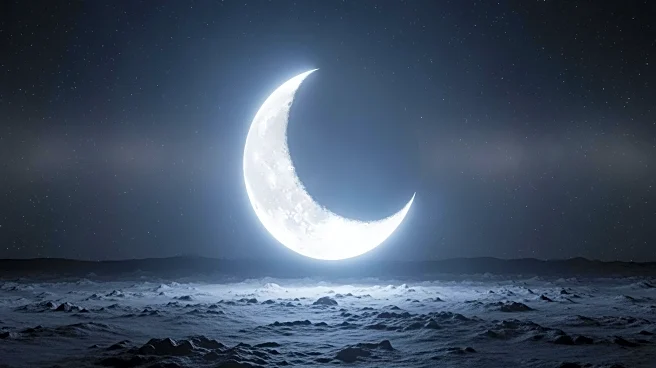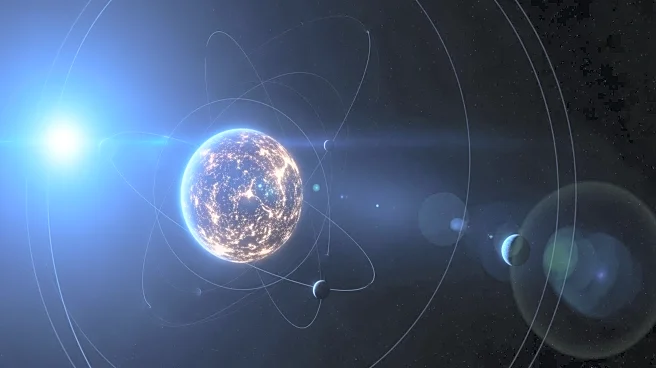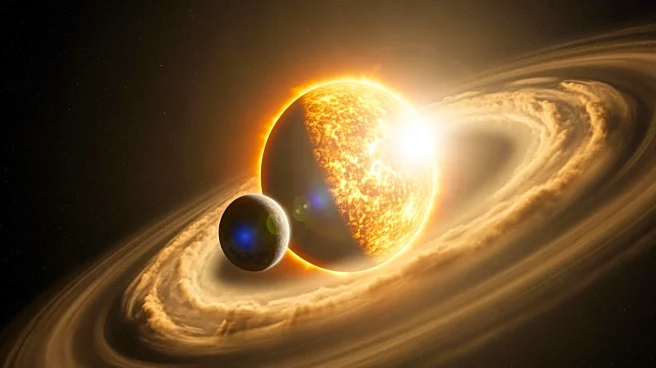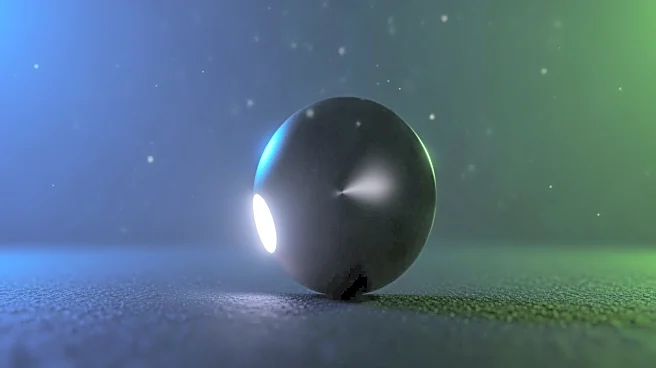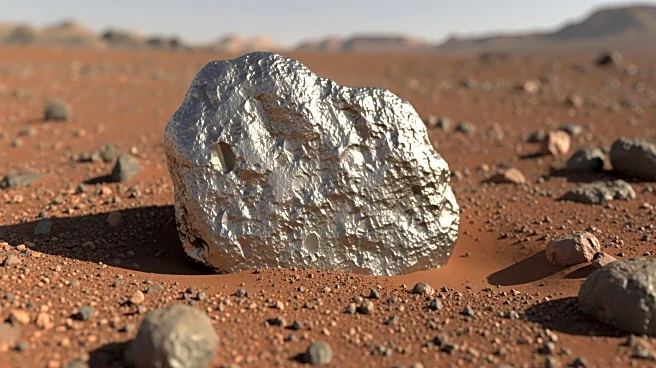What's Happening?
A new study published in the journal Science suggests that the moon's origin may differ from the widely accepted theory of a collision with a Mars-sized object named Theia. Researchers propose that Theia and Earth may have formed as neighbors in the inner
solar system, challenging the notion of an accidental collision. The study examines Earth's iron content, suggesting that the planet's mantle received iron from Theia, supporting the idea of a shared origin. Despite skepticism from some experts, the research offers a fresh perspective on the moon's formation.
Why It's Important?
This study has the potential to reshape our understanding of the moon's origin, influencing theories about planetary formation and solar system dynamics. If Theia and Earth were indeed neighbors, it could lead to new insights into the processes that shaped our planet and its satellite. The research highlights the importance of revisiting established scientific theories and encourages further investigation into the history of the solar system.
